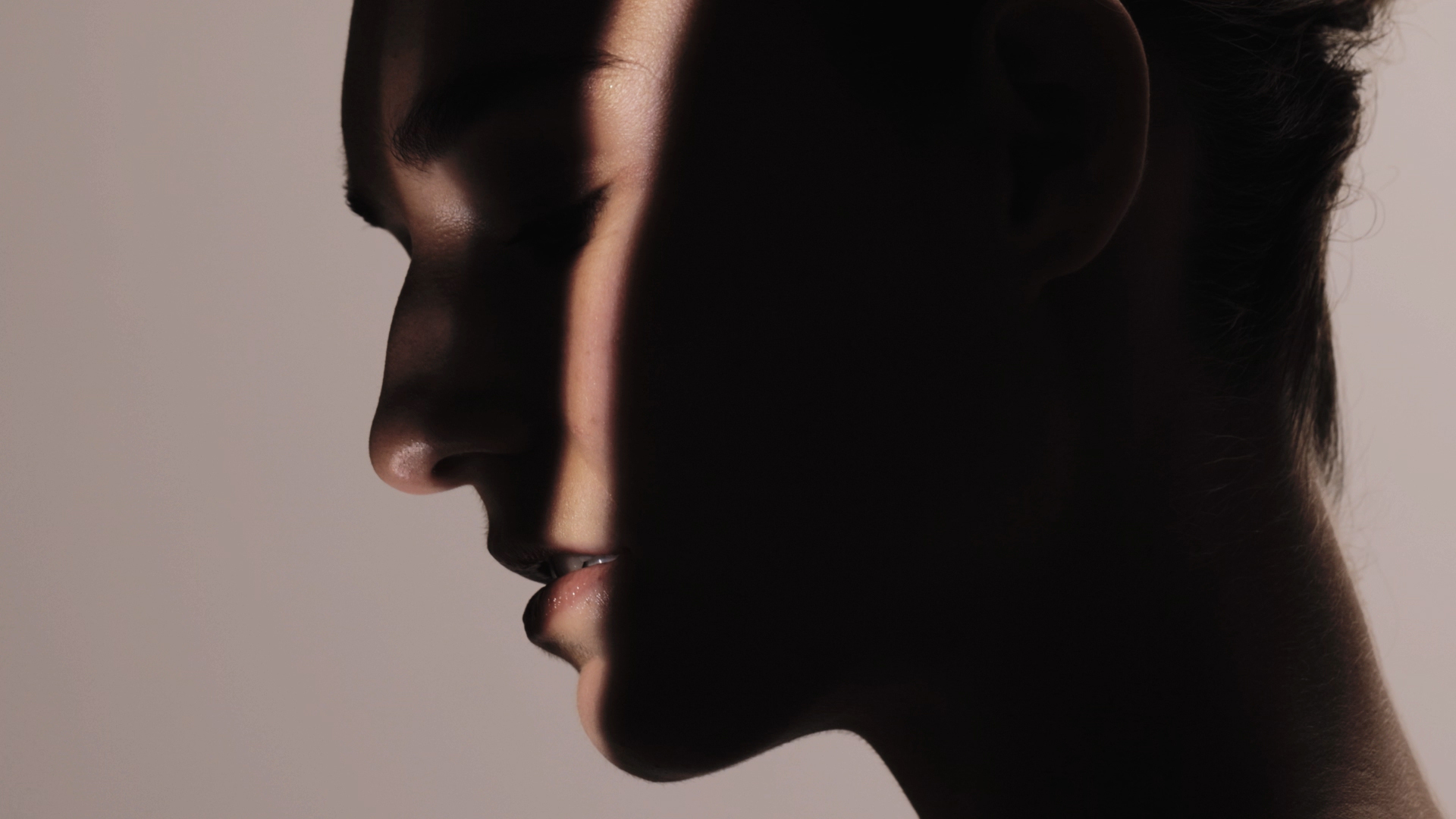Psoriasis
Psoriasis is an autoimmune, mediated skin disease with various manifestations - the most common is psoriasis vulgaris. It can affect people of all ages - in Switzerland this is about 2% of the population. Psoriasis is an autoimmune disease that can lead to severe inflammation of the skin, joints and even compromise the cardiovascular system.
Symptoms
Red and silver scales on the elbows, knees, navel and changes to the scalp and nails are typical for the skin disease psoriasis. Often the spots itch, sometimes they hurt. Generally, it can appear anywhere on the body, with plaque psoriasis being the most common form.
There are plenty of variations:
-
Nail psoriasis
-
Scalp psoriasis
-
Inverse psoriasis
-
Pustular psoriasis
-
Palmoplantar pustular psoriasis
-
Psoriatic arthritis/ psoriatic arthropathy
-
Guttate psoriasis
-
Erythrodermal psoriasis
Causes
The cause of psoriasis is an immune-mediated disease, or more precisely a T-cell-mediated autoimmune disease, which causes severe inflammation in the body and thus the skin. The genetic overactivity of the immune system means that the skin cells develop much too quickly from the bottom to the top layer of skin due to the chronic inflammation and then stick together tightly. This leads to the typically inflamed, silvery-red psoriasis plaques. The same problem sooner or later leads to psoriatic arthropathy, a destruction of the joints caused by psoriasis. About 30% of all patients with psoriasis sooner or later suffer from a joint manifestation - often years after the onset of the actual skin psoriasis.
Basically, it is a genetic disease, which usually only breaks out through certain triggers. Classic triggers of psoriasis are, for example, stress, medication, infections (angina) or severe sunburn. Chronic injuries can also become foci of psoriasis.
Diagnosis
In most cases, your specialist at sweet skin will recognize psoriasis by its typical appearance. If the diagnosis is not clear, a skin biopsy is taken. In the case of suspected joint involvement, a rheumatological clarification is indicated in any case.
Where does Psoriasis occur?
What is Psoriasis?
How does Psoriasis occur?
Psoriasis can appear anywhere on the body, with the extensors of the large joints (elbows, knees), torso, scalp, skin behind the ears and belly button being most commonly affected. It is typical that several psoriasis foci develop at the same time.
Psoriasis can appear anywhere on the body, with the extensors of the large joints (elbows, knees), torso, scalp, skin behind the ears and belly button being most commonly affected. It is typical that several psoriasis foci develop at the same time.
Psoriasis is an autoimmune disease of the skin that is triggered by certain genetic constellations in combination with external factors. It is shown by severely inflamed, reddish-silver spots with severe scaling and itching on the affected areas.
Severe inflammation on the skin because of overactivity of the immune system leads to an excessively rapid development of skin cells from the lowest (basal cell layer) to the uppermost skin layer (stratum corneum). Normal skin cells need 30 days for this process and can then fall off in the finest flakes of skin. In psoriatic skin, this process occurs in just 3 days, so the skin cells continue to stick together and show up on the skin as thick, coarsely scaly inflamed plaques.
Treatment
The treatment of psoriasis depends on the severity. In mild forms, psoriasis is treated with ointments containing cortisone and vitamin D. For the scalp there are shampoos and solutions with the same active ingredients. Light therapy is an optimal treatment option for severe skin infestations, guttate psoriasis and during pregnancy. It is efficient and practically without side effects. In severe cases, or if joints are affected, drug therapies in the form of tablets or injections are necessary. In principle, psoriasis can be treated well, but not cured.

